Is Cisco changing its strategy?
This week has seen two big moves on Cisco's part - is the IT firm changing tactics, or is this just part of a longer term move?
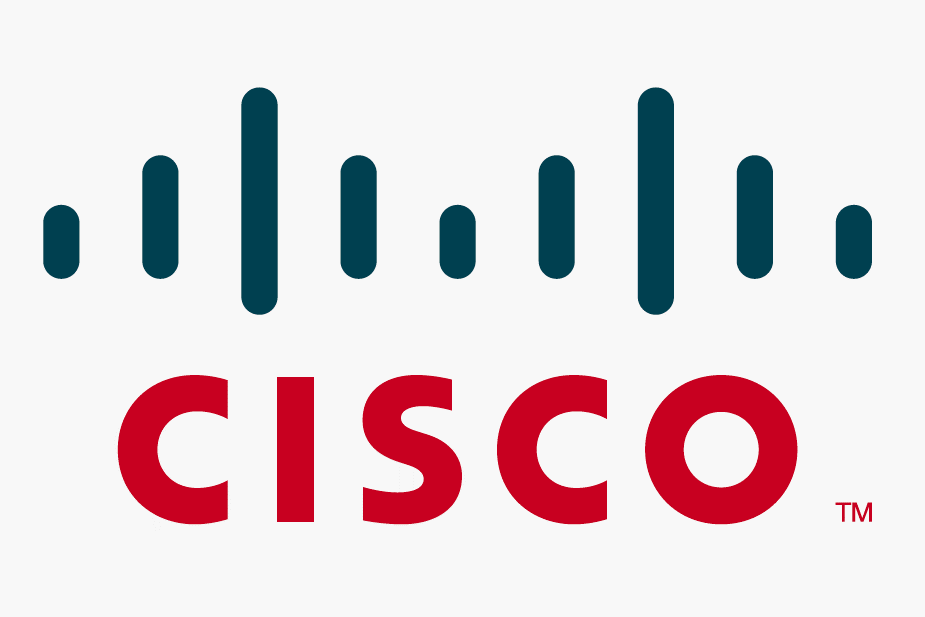
On Monday, networking powerhouse Cisco Systems announced it will start building its own computers in this case blade servers for the first time. Then on Thursday, it flips around and shells out $590 million (409 million) for the maker of a tiny consumer video camera.
What's going on at Cisco?
Actually, Cisco has been acquiring its way steadily into consumer electronics for six years now, starting with its 2003 acquisition of home networking supplier Linksys for $500 million. Two years later, Cisco snapped up set-top box maker Scientific Atlanta for a cool $7 billion. Later in 2005, Cisco paid $61 million for a Danish company called Kiss Technologies, developer of video-on-demand boxes.
Cisco executives revealed some of their emerging strategy a few months after that at the 2006 Consumer Electronics Show in Las Vegas, where they unveiled home audio and media hub products intended to generate demand for home networking equipment.
Now with the acquisition of Pure Digital, maker of the wildly popular Flip video camera, Cisco places its hopes for future growth in an arena once considered anathema to it.
"Cisco's basic business problem is that they want to continue growing and they'll have to do it beyond their current markets," said Andy Ingram, vice president of business development for the data center group at Juniper Networks, a much smaller networking vendor. As their bread-and-butter businesses mature, he noted, Cisco must find new ways to maintain the kind of double-digit growth its shareholders have come to expect.
It certainly doesn't hurt that the company is sitting on roughly $30 billion in cash.
Get the ITPro daily newsletter
Sign up today and you will receive a free copy of our Future Focus 2025 report - the leading guidance on AI, cybersecurity and other IT challenges as per 700+ senior executives
Less than five per cent of the company's $40 billion in annual sales comes from consumer products currently, but that may well change as Cisco continues to flesh out the details behind its advertising slogan: "Welcome to the Human Network."
Ned Hooper, head of Cisco's consumer group and senior vice president of corporate development, said that the Flip video camera is more than just a clever little gadget. It's a video platform, capable of driving ever-increasing demand for bandwidth and, ultimately, for more Cisco routers.
"The acquisition of Pure Digital is key to Cisco's strategy to expand our momentum in the media-enabled home and to capture the consumer market transition to visual networking," Hooper said in a statement. "This acquisition will take Cisco's consumer business to the next level as the company develops new video capabilities and drives the next generation of entertainment and communication experiences."
By the same token, Cisco's push into blade servers part of what the company calls its Unified Computing System strategy also is designed to keep Cisco's growth rate up, even as the economy flags.
"In today's economy, IT organisations must increase productivity and cut costs while maintaining the IT excellence that provides their companies with a competitive edge," said John Enck, managing vice president of infrastructure and operations at Gartner.
"CIOs will invest in innovative technology if it increases productivity, protects their existing IT investments, and demonstrates real benefits that will extend the life of the data center."
-
 How the UK MoJ achieved secure networks for prisons and offices with Palo Alto Networks
How the UK MoJ achieved secure networks for prisons and offices with Palo Alto NetworksCase study Adopting zero trust is a necessity when your own users are trying to launch cyber attacks
By Rory Bathgate
-
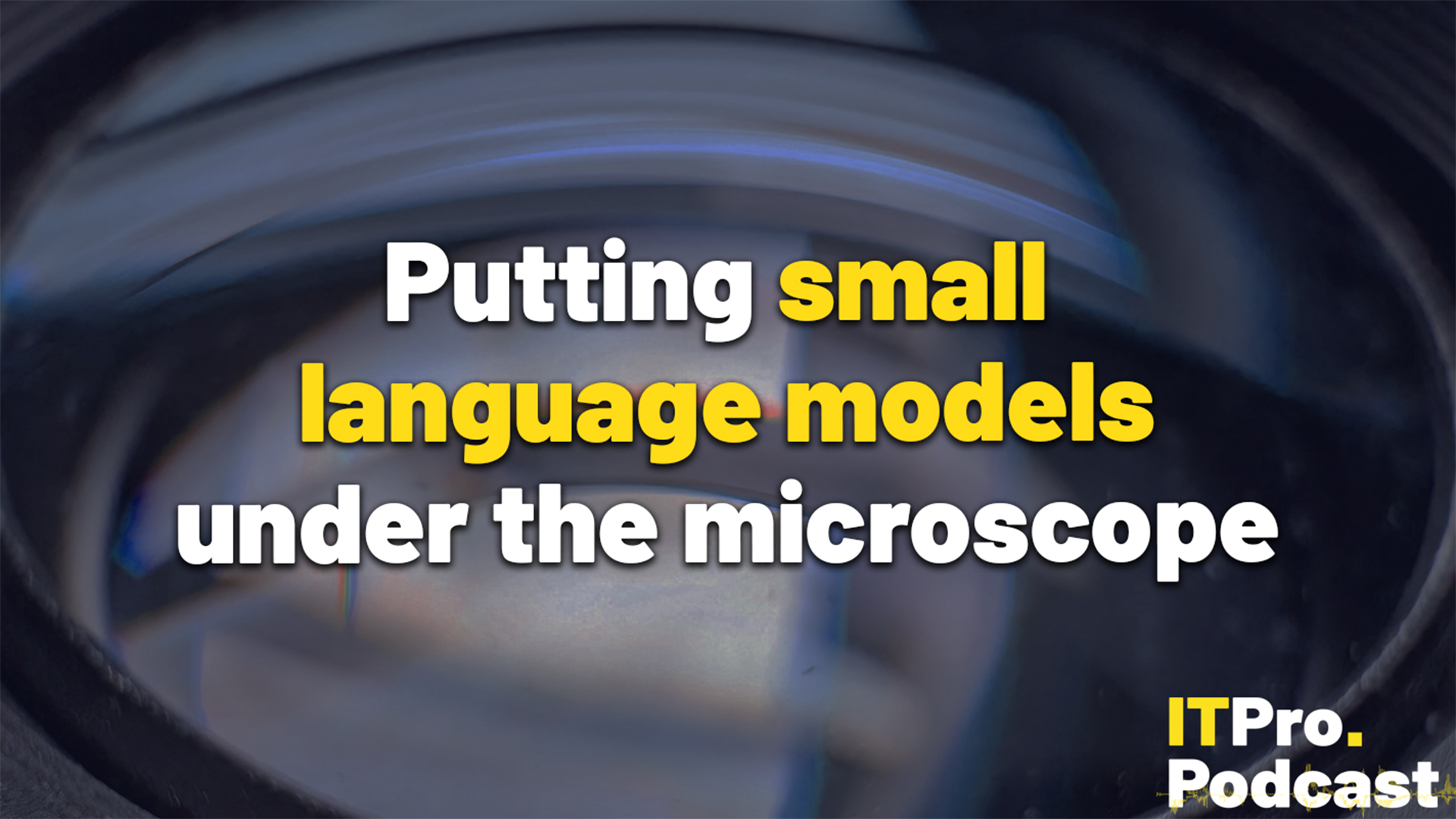 Putting small language models under the microscope
Putting small language models under the microscopeITPro Podcast The benefits of small language models are undeniable – but they're no silver bullet
By Rory Bathgate
-
 Cisco claims new smart switches provide next-level perimeter defense
Cisco claims new smart switches provide next-level perimeter defenseNews Cisco’s ‘security everywhere’ mantra has just taken on new meaning with the launch of a series of smart network switches.
By Solomon Klappholz
-
 Cisco is jailbreaking AI models so you don’t have to worry about it
Cisco is jailbreaking AI models so you don’t have to worry about itNews Cisco's new AI Defense security solution helps organizations shore up LLM security by identifying potential flaws.
By Solomon Klappholz
-
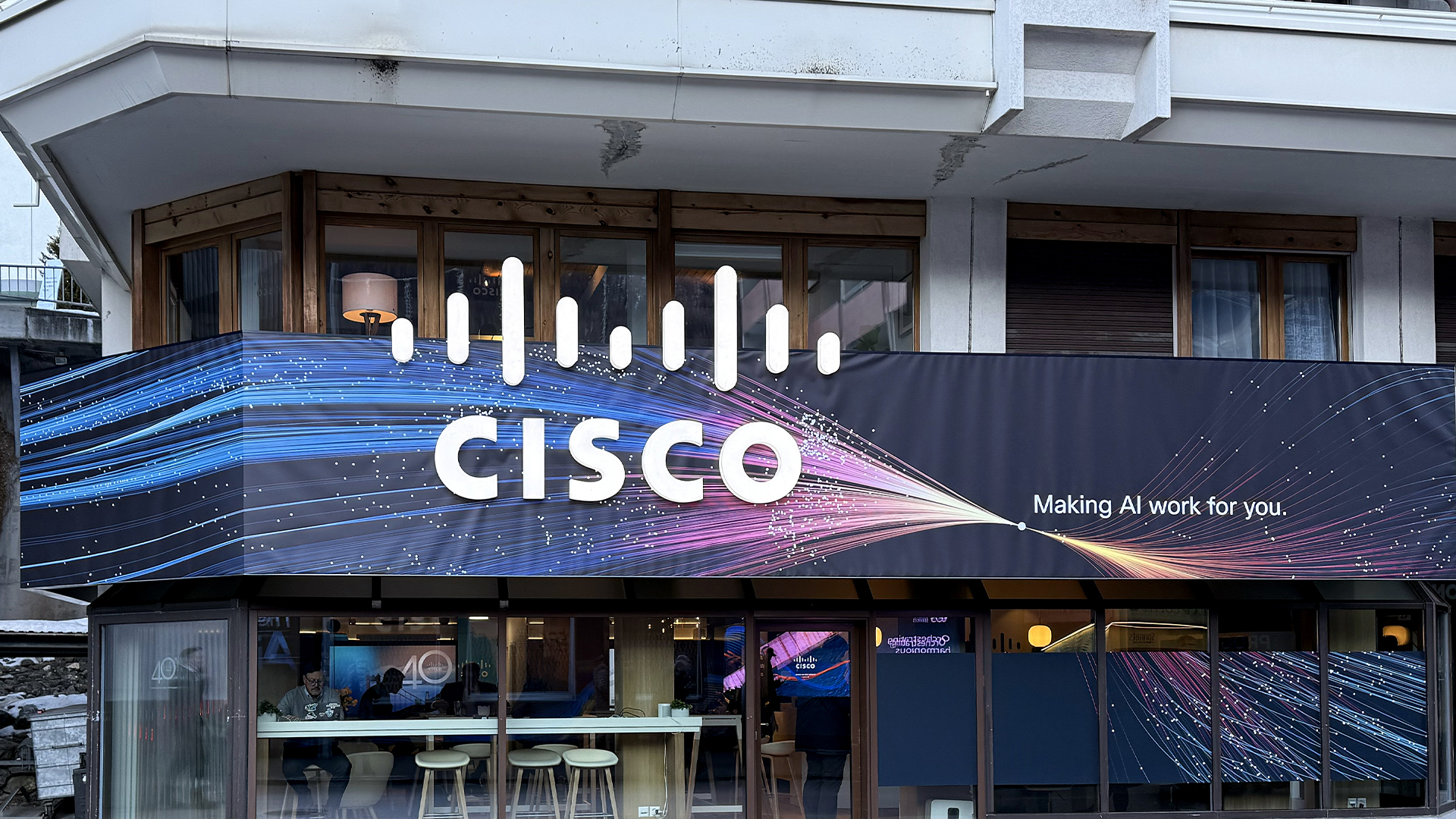 Cisco dispels Kraken data breach claims, insists stolen data came from old attack
Cisco dispels Kraken data breach claims, insists stolen data came from old attackNews Cisco has refuted claims it has suffered a data breach after the Kraken threat group posted stolen data online.
By Solomon Klappholz
-
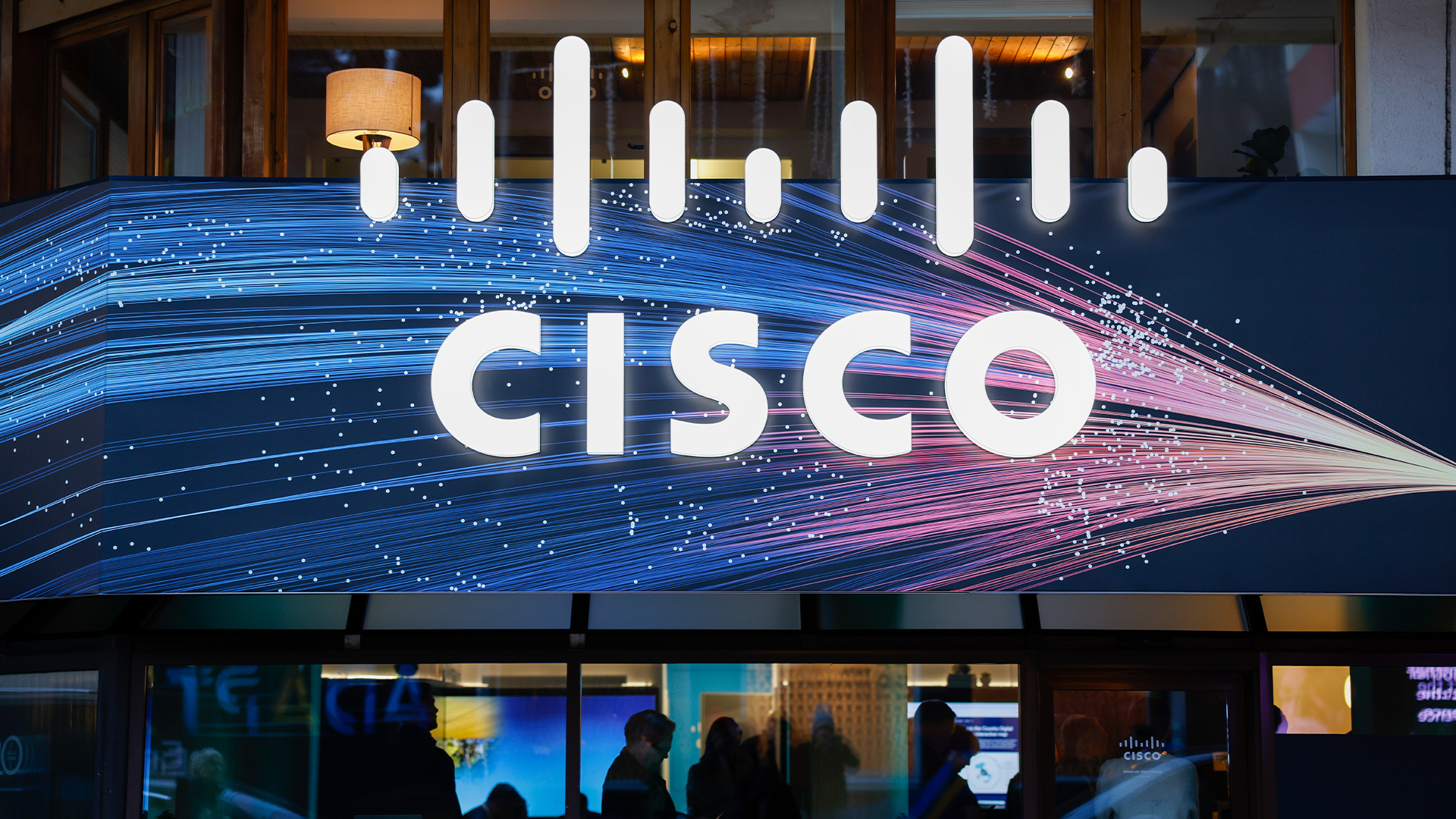 Cisco patches critical flaws in Identity Services Engine
Cisco patches critical flaws in Identity Services EngineNews Cisco has issued patches for a pair of critical vulnerabilities affecting its Identity Service Engine (ISE).
By Nicole Kobie
-
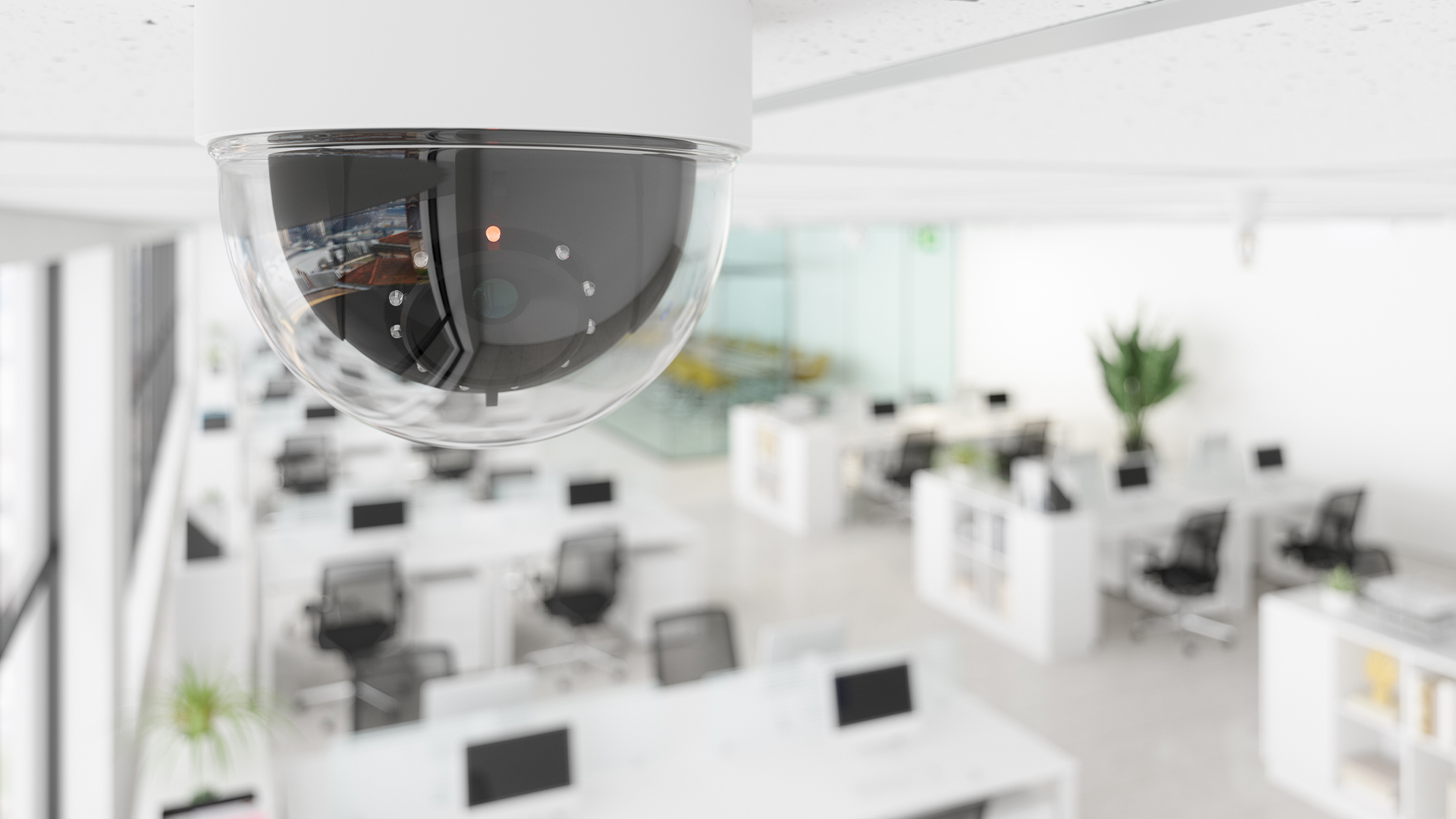 Your office is now absolutely riddled with surveillance equipment
Your office is now absolutely riddled with surveillance equipmentNews While workplace monitoring is shown to have a detrimental effect on morale, many firms are still charging ahead
By Nicole Kobie
-
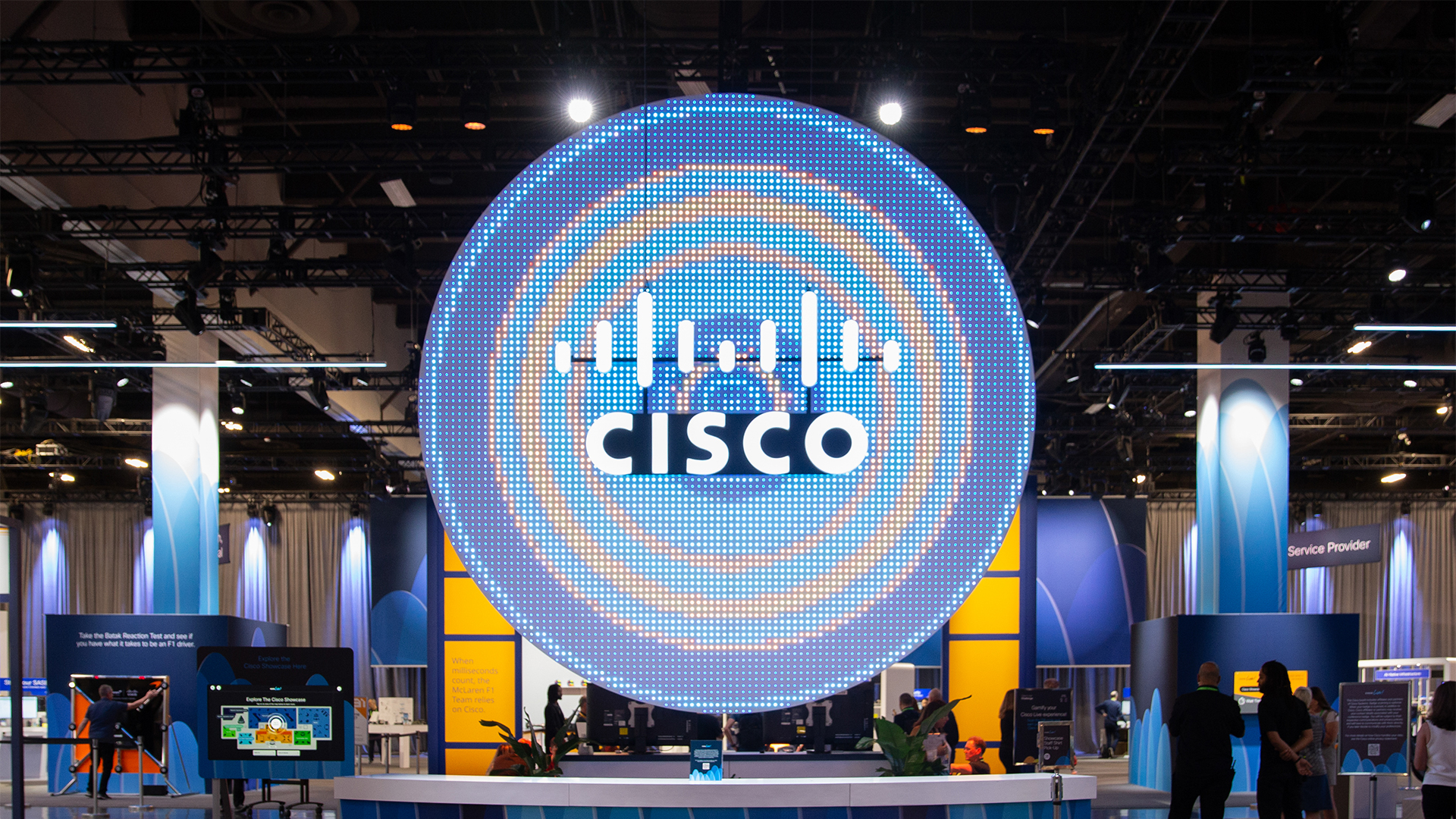 Cisco confirms attackers stole data, shuts down access to compromised DevHub environment
Cisco confirms attackers stole data, shuts down access to compromised DevHub environmentNews The tech giant insists that no sensitive customer information has been compromised
By Solomon Klappholz
-
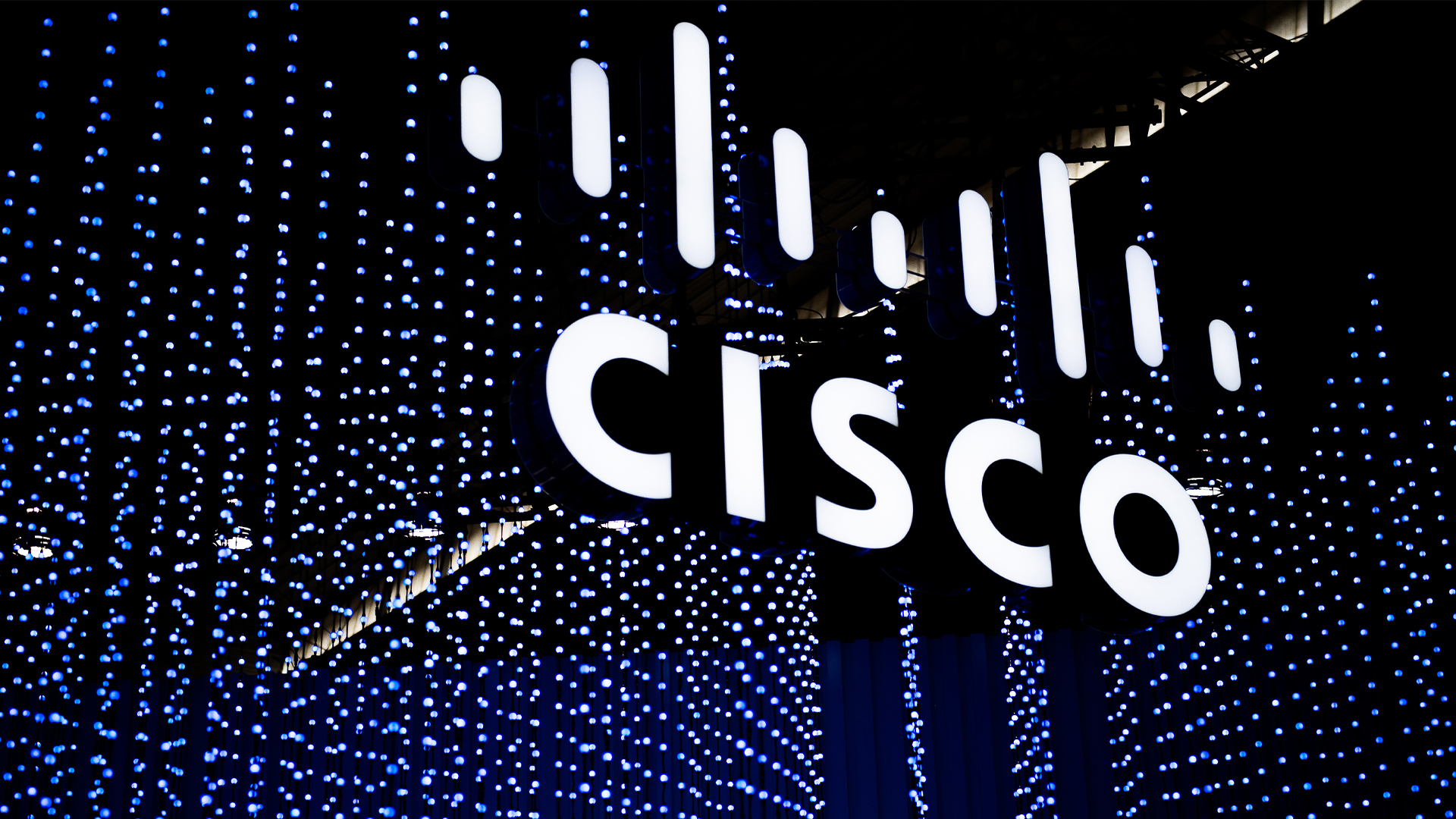 Cisco confirms investigation amid data breach claims
Cisco confirms investigation amid data breach claimsNews The networking giant says its probe is ongoing amid claims a threat actors accessed company data
By Nicole Kobie
-
 Rubrik partners with Cisco to bolster cyber resilience
Rubrik partners with Cisco to bolster cyber resilienceNews Rubrik now integrates with Cisco XDR and is listed on the connectivity giant’s SolutionsPlus program
By Daniel Todd